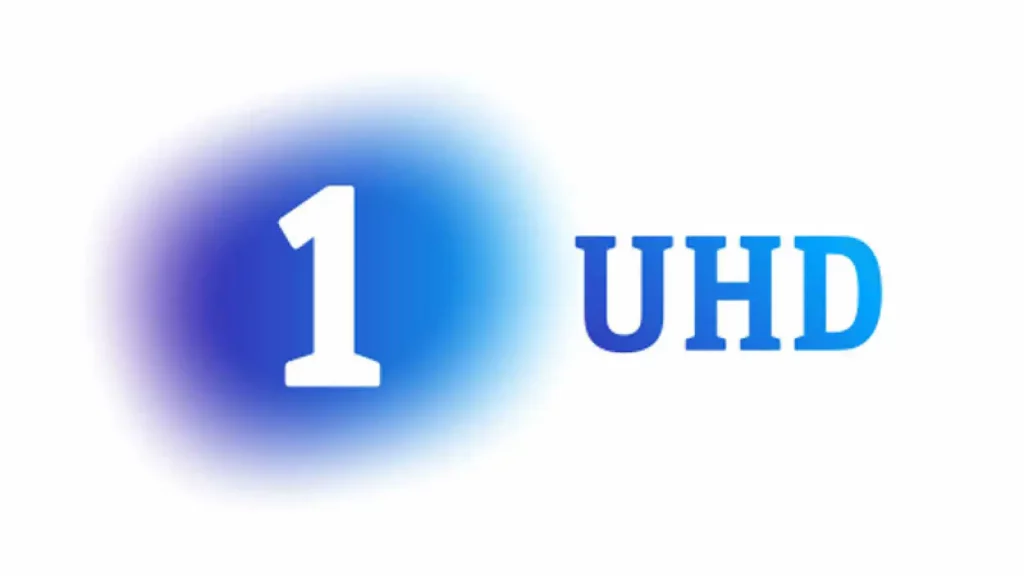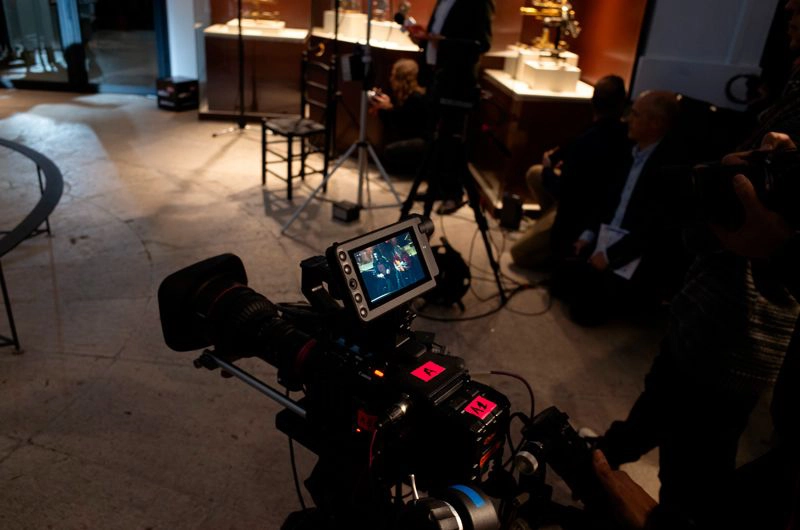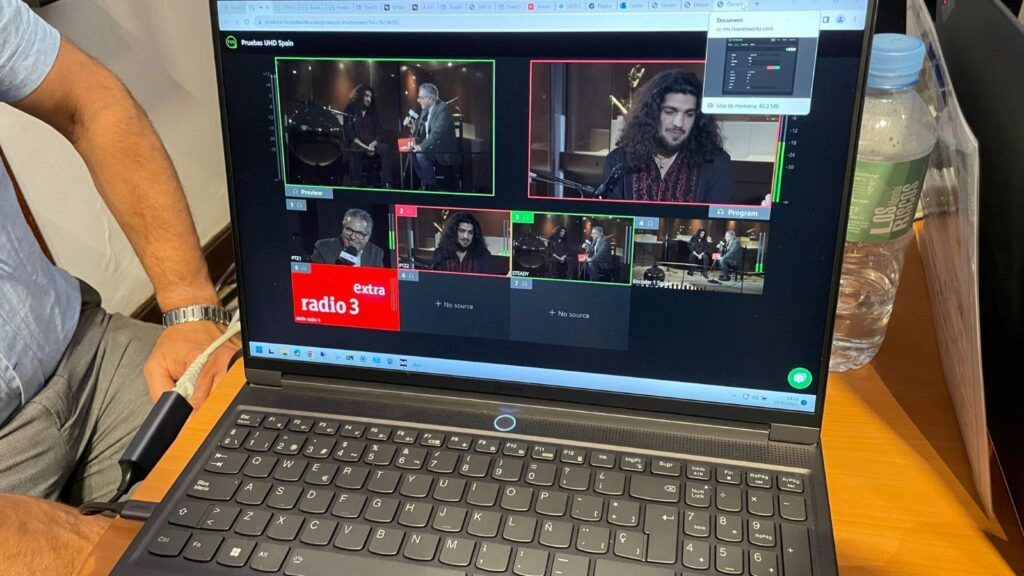Trends
Trends
OCT
26
2023
Broadcast
Ultra High Definition will revolutionise DTT
RTVE (Radio Televisión Española, the state-owned public corporation for radio and tv) is working alongside Cellnex to prepare the new regular broadcast channel in UHD, placing it at the forefront of the European free-to-air television audiovisual sector.
First came Digital Terrestrial Television (DTT), which replaced analogue television; then High Definition (HD), which can be watched both on DTT and on satellite or via Internet; and the next technology will be Ultra High Definition (UHD), involving a fourfold increase in the resolution of current High Definition.
We are facing a genuine digital revolution, which will place RTVE and free-to-air television in Spain at the global forefront of free-to-air television broadcasting. And the date is set for 15 February 2024.
This milestone is the result of a series of tests performed since the first broadcasts by Cellnex during the Mobile World Congress in Barcelona in 2013, until the infrastructure operator continuously launched a UHD (Ultra High Definition) over DTT test channel in 2016. From its inception, the collaboration of both production companies and television networks –through the association UHD Spain– as terrestrial network operators, the channel has gradually increased its content offering and population coverage.
For its part, RTVE took a great leap forward in content quality by broadcasting the 2022 Qatar World Cup in UHD over the test channel. From that moment on, the content of RTVE channel 1 (known as “La 1”) has been broadcast continuously in UHD, with these broadcasts serving as the embryo of RTVE’s upcoming new regular UHD broadcast channel.
Cellnex is the current DTT network provider for Radio Televisión Española (RTVE) and uses its nearly 2,000 broadcasting centres in Spain to reach over 98% of Spain’s population. Starting in February 2024, the service the operator provides to RTVE will include the Ultra High Definition channel.
Better quality at home
The start of regular UHD broadcasts on DTT will therefore mark the beginning of a new era in which large screen TVs will be powered by content distributed via DTT with the best available quality today.
The size of home screens has progressively increased over the years with no corresponding increase in viewing distance.
The improvements provided by Ultra High Definition (UHD), which include higher quality luminosity and colour palette, are noticeable on TV screens. Likewise, there is a significant improvement in sound quality, achieving a layered three-dimensional audio format in which the sound of each object comes from the corresponding direction depending on its location in the image.
Technological evolution continues apace
Audiovisual technology has evolved in leaps and bounds since the earliest black and white broadcasts of RTVE in 1956.
This evolution has always been driven by the combination of the availability of technology, receivers, network, content and user demand.
2024 will be a key year for the increase in DTT quality, with three notable milestones coming together:
- Availability of all content in High Definition (HD)
- End of broadcasts in standard definition (SD)
- Start of regular broadcasts in UHD as of 15 February 2024
RTVE’s regular UHD broadcasts may give way to broadcasts from other broadcasters and will continue to evolve towards the transmission of UHD channels in the spectrum currently occupied by High Definition (HD).
This will open the way to free content at 4K resolution, with clearer moving images thanks to the high image refresh rate, above-average contrast, improved colour palette and next-generation audio.
5G joins the party
The technological evolution also takes 5G into account and the UHD Spain association has carried out a pioneering test transmission of a concert in UHD and next-generation audio, using 5G communications, cloud mixing, multi-media broadcasting including 5G Broadcast, and the use of the public Internet network for signal transport.
“The aim was to test the entire UHD content capture, production and distribution chain, including production in the cloud and the new 5G Broadcast transmission format,” said Pere Vila, president of UHD Spain.
This proof of concept is completely innovative and has been a major technological challenge, combining the latest technologies in communication, processing and broadcasting. All this has allowed us to test the benefits, advantages and limitations that can be found by combining the available technologies, so the members of UHD Spain have been able to experiment with different use cases that can be applied in the near future.
“This is one of the first cases of a multi-camera contribution of Ultra High Definition content over a 5G network,” says Cellnex’s Xavier Redón, vice president of UHD Spain. “Spain is a country where there is a very big UHD innovation and from Cellnex we are proud to operate the network through which RTVE will become the first broadcaster in the world to broadcast a regular UHD broadcast on DTT.”



















